The geopolitical landscape in the Middle East is set for a potentially major shift with US President Donald Trump’s announcement of the resumption of negotiations between the United States and the Islamic Republic of Iran, scheduled to begin on April 12, 2025. Following a period marked by escalating bilateral tensions and the effective dissolution of the Joint Comprehensive Plan of Action (JCPOA), this resumption of dialogue has generated considerable anticipation both within Iran and across the wider region. The initial, albeit potentially transient, positive reactions observed in Tehran’s financial markets, as evidenced by movements in the stock market and gold prices, underscore the profound economic implications these discussions could hold for the Iranian populace. Furthermore, the potential for these negotiations to influence broader regional stability is a matter of significant concern and interest even for the nations within the Arabian Gulf. While the precise modalities of these diplomatic engagements – specifically whether they will entail direct bilateral talks, as suggested by the U.S. administration, or proceed indirectly through intermediary channels – remain subject to clarification, the very initiation of dialogue signifies a notable departure from the recent trajectory of U.S.-Iran relations. This analysis will therefore explore a range of plausible scenarios that may unfold as delegations from the United States and Iran convene on April 12, and consider the salient internal political dynamics within both nations, the prevailing external pressures exerted by regional and international actors, and the specific contextual factors that have contributed to this renewed, albeit cautious, engagement.
The Precursors to Negotiation
The decision by both Washington and Tehran to engage in renewed negotiations, on April 12, 2025, is not attributable to a sudden shift in diplomatic amity but rather emerges from a confluence of compelling pressures and perceived strategic opportunities for both nations. For Iran, the imperative to return to the negotiating table is significantly propelled by the debilitating impact of years of stringent economic sanctions imposed by the United States. These measures have demonstrably crippled the Iranian economy, manifesting in substantial currency devaluation, pervasive inflation, and a general state of widespread economic hardship, thus creating a powerful internal impetus within Iran to actively seek avenues for sanctions relief. This economic vulnerability was further exacerbated by the reported reduction in Iranian oil exports to China, its principal economic partner, on Feb. 4, 2025. This development represents a considerable blow to Tehran’s crucial financial lifeline, amplifying the urgency to explore alternative economic strategies, thereby making the prospect of sanctions alleviation through direct negotiation with the United States a more compelling and attractive option.
Conversely, the United States, under the leadership of President Trump, may perceive the upcoming negotiations as a strategic opportunity to achieve a tangible diplomatic victory. Known for his transactional approach to foreign policy and his emphasis on achieving demonstrable outcomes, President Trump’s reported Oman announcement on April 8, 2025, could be strategically linked to the initiation of these talks. This suggests a potential tactical flexibility on the part of the U.S. administration, indicating a willingness to engage in direct dialogue and potentially offer carefully calibrated concessions, albeit within the overarching framework of his “America First” agenda. Facilitating this delicate diplomatic engagement has been the historically crucial role of Oman, which has consistently served as a neutral and trusted mediator between the United States and Iran. Their sustained efforts in meticulously crafting a “minimal deal both sides can temporarily accept” have been instrumental in bridging the significant trust deficit and ultimately bringing the two long-standing adversaries to the negotiating table scheduled for April 12. These converging factors collectively suggest that both the United States and Iran have reached a critical juncture where the potential benefits derived from engaging in negotiations, even if the initial aims are limited, are perceived to outweigh the costs associated with a continued state of diplomatic stalemate, at least in the immediate and foreseeable future.
Mapping the Negotiation Terrain
The collapse of the JCPOA during Trump’s first term triggered a series of escalatory measures, with Iran gradually rolling back its commitments under the agreement and advancing its nuclear program. While the fundamental disagreements that fueled the initial tensions remain, the confluence of internal pressures and external incentives has seemingly created a narrow window for diplomatic exploration. However, the inherent complexities and the history of failed attempts underscore the delicate and potentially precarious nature of these upcoming talks.
Against this backdrop of cautious optimism and ingrained skepticism, understanding the potential pathways and outcomes of these negotiations becomes paramount. These scenarios will consider the intricate interplay of the internal political landscapes of both nations, the diverse and often competing interests of regional and international actors, and the specific contextual factors that have paved the way for this renewed, yet undeniably cautious, engagement.
Scenario 1: The Minimalist Deal: A Temporary Economic Lifeline
This scenario is characterized by its limited scope and short-term objectives, facilitated through the diplomatic engagement of Omani mediation.
This prospective agreement would likely prioritize a narrowly defined exchange wherein Iran receives targeted and circumscribed economic relief in return for readily verifiable concessions pertaining to specific elements of its extant nuclear program. These concessions could potentially include the implementation of enhanced monitoring protocols by the International Atomic Energy Agency (IAEA) at designated facilities or the imposition of a temporary ceiling on the isotopic enrichment level of uranium. It is anticipated that such measures would fall short of a comprehensive rollback of Iran’s nuclear advancements. From the perspective of the United States this limited agreement would likely be framed as a demonstrable diplomatic achievement, showcasing tangible, albeit modest, constraints on Iran’s nuclear activities to a domestic audience.
Driven by the exigent need to alleviate severe economic pressures, Iran would likely be amenable to accepting temporary and reversible measures concerning its nuclear program. These measures would likely be carefully calibrated so as not to fundamentally jeopardize its long-term nuclear ambitions or contradict its publicly stated narrative of pursuing a peaceful nuclear program. Iran’s primary motivation would be to secure an immediate, albeit potentially limited, easing of economic sanctions to stabilize its national currency, the Rial, and provide a degree of respite to its struggling national economy. Conversely, Trump, potentially seeking a swift diplomatic “win” that can be readily communicated to his political base, might be willing to offer limited waivers on existing sanctions. These waivers would likely be strategically focused on specific sectors, such as the importation of humanitarian goods or the facilitation of certain non-oil exports. The overarching emphasis for the U.S. administration would be to demonstrate tangible progress in constraining Iran’s nuclear program, even if the resultant agreement is understood to be of a limited and potentially transient nature.
Oman would likely continue to play its historically significant role as a neutral and trusted intermediary, ensuring that both the U.S. and Iran adhere to the mutually agreed-upon terms of the limited accord and facilitating ongoing communication between the two parties. The Arabian Gulf Sheikhdoms would likely adopt a posture of cautious optimism towards this temporary de-escalation of tensions, hoping that it could potentially serve as a precursor to a broader and more sustainable reduction in regional instability. However, these states would likely remain circumspect regarding Iran’s long-term strategic intentions in the region.
Israel would likely voice skepticism and potentially express outright opposition to such a limited agreement, arguing that it is insufficient to adequately address the perceived threat posed by Iran’s nuclear program and could inadvertently embolden Tehran to pursue its ambitions more aggressively in the long term. China would likely view any easing of tensions in the Middle East favorably, as it could contribute to regional stability and ensure the uninterrupted flow of oil supplies, even if some of its privileged access to Iranian oil might be marginally affected by the limited sanctions relief measures.
This scenario would likely provide a temporary stimulus to the Iranian economy, potentially strengthening the Rial. It would also afford Trump the opportunity to claim a diplomatic achievement. However, it is crucial to note that the fundamental and underlying issues that continue to fuel the broader U.S.-Iran conflict — including Iran’s comprehensive nuclear ambitions, its ballistic missile development program, and its multifaceted regional activities — would remain largely unresolved by such a minimalist agreement, also, the persistent mutual distrust between Washington and Tehran, coupled with sustained pressure from Israel, would likely impede the evolution of this limited deal into a more comprehensive and enduring agreement, potentially leading to a resurgence of tensions by the latter part of 2025.
Scenario 2: JCPOA Lite: A More Comprehensive but Incomplete Agreement
This scenario envisions a more substantial diplomatic undertaking than the minimalist deal outlined previously, aiming for a more comprehensive, albeit ultimately incomplete, revival of the framework established by the JCPOA.
This potential agreement would necessitate a more significant provision of sanctions relief to Iran in exchange for more extensive and longer-term limitations on its nuclear program. These restrictions could include a firm commitment from Iran to refrain from enriching uranium beyond a specified threshold for a defined period, the granting of enhanced access to all relevant sites for inspectors from the IAEA, and potentially the imposition of certain limitations on the development and deployment of advanced centrifuge technology. However, it is likely that contentious and politically sensitive issues such as Iran’s ballistic missile development program and its multifaceted regional activities would be deliberately excluded from the scope of this agreement in order to facilitate a nuclear-focused resolution.
While the primary driver for Iran would remain the urgent need for substantial economic relief, Tehran might be willing to offer more considerable concessions on its nuclear program in order to secure broader and more impactful sanctions alleviation, potentially including the unfreezing of significant Iranian assets held in overseas accounts. Such measures would provide a more robust and sustainable boost to its national economy. From Trump’s perspective, potentially facing pressure from international allies to find a more lasting solution or seeking a more impactful foreign policy achievement to highlight, might be amenable to agreeing to a more comprehensive nuclear agreement. The rationale for this would likely center on the argument that such a deal places significant and verifiable constraint on Iran’s pathways to acquiring nuclear weapons, even if it does not fully address all of the concerns held by the U.S. and its regional partners.
The Omanis would likely continue to play a crucial role in facilitating the negotiations, working to bridge any remaining gaps in understanding and ensuring that the final agreement is perceived as palatable and acceptable to both the American and Iranian negotiating teams. International allies of the United States, particularly within Europe, would likely offer strong support for this scenario, viewing it as the most pragmatic and effective means of preventing Iran from acquiring nuclear weapons and potentially leading to a broader de-escalation of regional tensions over the long term. These European allies might also be willing to offer additional economic incentives to Iran in order to further solidify its commitment to the agreement.
Conversely, Israel would likely voice vehement opposition to this scenario, arguing that even with more stringent limitations, the agreement would still leave Iran with the underlying infrastructure and technical knowledge necessary to eventually pursue nuclear weapons once the agreed-upon restrictions expire, as stipulated by the sunset clauses within the original JCPOA framework. Consequently, Israel would likely engage in intense lobbying efforts in Washington in an attempt to derail the agreement or, at a minimum, to secure additional security guarantees from the United States to offset the perceived risks. Beijing would likely strongly endorse this scenario, as it would contribute to greater regional stability and ensure the continued flow of Iranian oil exports, potentially under more normalized international trade conditions.
Compared to the minimalist deal, this scenario would provide a more substantial and potentially longer-lasting positive impact on the Iranian economy. It would also likely be viewed by a significant portion of the international community as a positive and crucial step forward in the global effort towards nuclear non-proliferation. However, the deliberate exclusion of contentious issues such as Iran’s ballistic missile program and its regional activities would mean that key sources of underlying tension in the region would remain unresolved. Also, sustained pressure from Israel and Iran’s continued regional activities, particularly if these actions directly threaten the interests or allies of the U.S. (such as the Houthi attacks in the Red Sea), would likely lead to a renewal of bilateral tensions and the potential for the agreement to ultimately unravel by the latter part of 2025.
Scenario 3: The Stalemate and Delay: Protracted Negotiations Without Substantive Progress
This scenario posits a situation wherein the anticipated negotiations, become rapidly mired in persistent disagreements, ultimately leading to a protracted period of diplomatic engagement devoid of any significant breakthrough or tangible agreement.
Under this trajectory, both the U.S. and Iran would participate in discussions, potentially utilizing intermediary channels or even engaging in direct bilateral talks. However, the fundamental divergence in their respective strategic objectives and the firmly established red lines for each nation would effectively preclude the possibility of reaching any meaningful or comprehensive agreement. The negotiation process would likely devolve into a drawn-out affair, characterized by incremental and often unproductive discussions interspersed with frequent pauses and recesses, lacking any clear or discernible pathway towards a mutually acceptable resolution.
Iran, under this scenario, might primarily enter the negotiations with the strategic aim of demonstrating a superficial willingness to engage with the international community, potentially seeking to deflect criticism or buy valuable time to further advance its indigenous nuclear program. Tehran might prove unwilling to make any substantial or verifiable concessions on its nuclear activities without the guarantee of significant and comprehensive sanctions relief that demonstrably addresses its long-term and systemic economic needs. Conversely, Trump might initiate these negotiations with the primary objective of appearing diplomatically engaged, potentially fulfilling a campaign commitment or responding to pressure from international allies to pursue a diplomatic solution. However, the U.S. administration might remain fundamentally unwilling to offer the kind of significant sanctions relief that Iran seeks or to accept any limitations on its ability to address Iran’s non-nuclear activities, such as its ballistic missile program and regional influence.
Oman would likely persist in its mediation efforts, attempting to facilitate communication and identify potential areas of compromise. However, it would face an increasingly challenging task in bridging the widening and seemingly intractable gaps in the positions held by the two principal negotiating parties. Regional actors, particularly those with a direct stake in the security and stability of the Middle East, would likely exhibit growing concern and unease at the lack of tangible progress in the negotiations, fearing that the prolonged stalemate could ultimately lead to heightened tensions and the potential for unintended military escalation.
Israel, maintaining its consistently hawkish stance on Iran’s nuclear ambitions, would likely view this scenario as preferable to any agreement that it perceives as weak or insufficient to dismantle Iran’s nuclear threat. Israel might strategically hope that the continuation of stringent economic pressure, coupled with the absence of a diplomatic agreement, would eventually compel the international community to adopt a more forceful and coercive approach towards Iran.
This scenario of prolonged stalemate would effectively maintain the existing status quo, characterized by crippling economic sanctions imposed on Iran and the continued, albeit potentially incremental, advancement of its nuclear program. The initial, tentative positive sentiment observed in Tehran following the announcement of negotiations would likely dissipate as the lack of any tangible progress becomes increasingly apparent to the Iranian public. Tensions in the broader Middle East region would remain elevated, with the persistent risk of miscalculation, unintended incidents, or deliberate escalation by various actors.
Scenario 4: Negotiations Collapse and Escalation: A Return to Brinkmanship
This pessimistic scenario envisions a complete breakdown of the anticipated negotiations, potentially leading to a rapid and dangerous escalation of bilateral tensions and a significantly heightened risk of direct military confrontation in the region.
Under this trajectory, the diplomatic talks would fail to yield any meaningful progress whatsoever and could potentially collapse abruptly due to a specific triggering event or a confluence of negative factors. Such a triggering event might include a significant and provocative advancement in Iran’s nuclear program, a further destabilizing action in the region attributed to Iran or its network of proxy groups or a decisive hardening of political positions and rhetoric in either Washington or Tehran.
Iran, under such circumstances, might opt to withdraw from the negotiating process entirely if its leadership perceives the demands being put forth by the U.S. as fundamentally unacceptable or if Tehran believes it can achieve its strategic objectives through alternative means, such as further accelerating its nuclear program in order to create increased leverage in future interactions. Conversely, Trump might decide to abandon the negotiations if he concludes that Iran is not genuinely serious about making substantive concessions on its nuclear activities or if he faces overwhelming domestic or international pressure to adopt a more assertive and uncompromising stance towards the Islamic Republic.
Israel would likely react to the collapse of negotiations with a sense of relief, potentially viewing it as a missed opportunity for Iran to obtain concessions and as a catalyst for a more aggressive and potentially military-focused approach by the United States and its allies against Iran’s nuclear infrastructure and regional influence. Regional actors across the Middle East would likely be deeply alarmed and profoundly concerned by the complete breakdown of diplomatic engagement, fearing an imminent and potentially widespread escalation of military conflict within the already volatile region. The broader international community would likely express widespread disappointment and significant concern at the failure of diplomacy, with various nations and international organizations potentially assigning blame to one side or the other for the unsuccessful outcome of the negotiations.
This scenario of complete diplomatic collapse would almost certainly lead to a sharp and immediate increase in the already elevated levels of tension between the U.S. and Iran. The risk of direct military confrontation, potentially involving Israel in a preemptive or retaliatory capacity, would escalate dramatically, particularly by the latter part of 2025. In response to the failure of diplomacy and the renewed threat of military action, Iran might accelerate its nuclear program, potentially taking irreversible steps towards achieving weapons-grade uranium enrichment. Simultaneously, the U.S. and its regional allies might consider and potentially implement more coercive measures against Iran, including the imposition of even more stringent economic sanctions or the deployment of increased military assets to the region as a show of force and deterrence.
Navigating a Precarious Path
The upcoming U.S.-Iran negotiations represent a critical juncture with the potential to significantly alter the trajectory of regional and international security. While the immediate atmosphere in Tehran suggests a yearning for economic relief that these talks might offer, the path ahead is fraught with complexities and uncertainties. The scenarios outlined above illustrate the range of possible outcomes, from a limited, temporary agreement to a complete collapse of diplomacy and a return to the brink of conflict.
The most likely immediate outcome, given the outlined context, appears to be a “Minimalist Deal” providing temporary economic respite for Iran in exchange for limited nuclear concessions. However, the inherent fragility of such an agreement, coupled with the deep-seated mutual distrust and the potential for spoilers to derail progress, suggests that renewed tensions by late 2025 remain a significant concern.
Ultimately, the success of these negotiations will depend on the willingness of both the U.S. and Iran to make difficult compromises and to prioritize de-escalation over maximalist demands. The role of regional and international actors, particularly Oman as a mediator, will also be crucial in navigating this precarious path and fostering an environment conducive to a more lasting and comprehensive resolution. The world will be watching closely as the diplomats convene, hoping that the thaw in relations signaled by these talks can lead to a more stable and secure future for the Middle East and beyond.

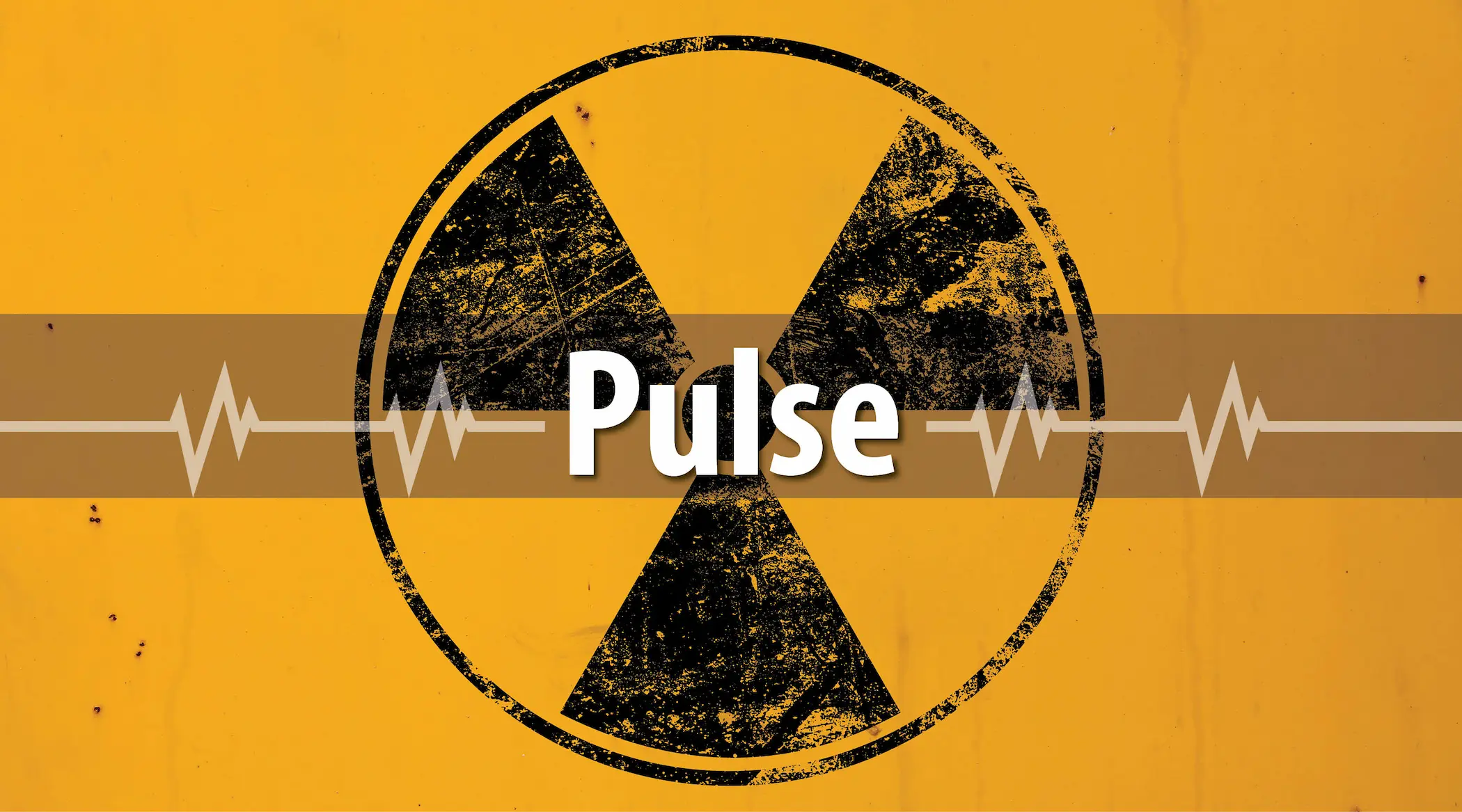
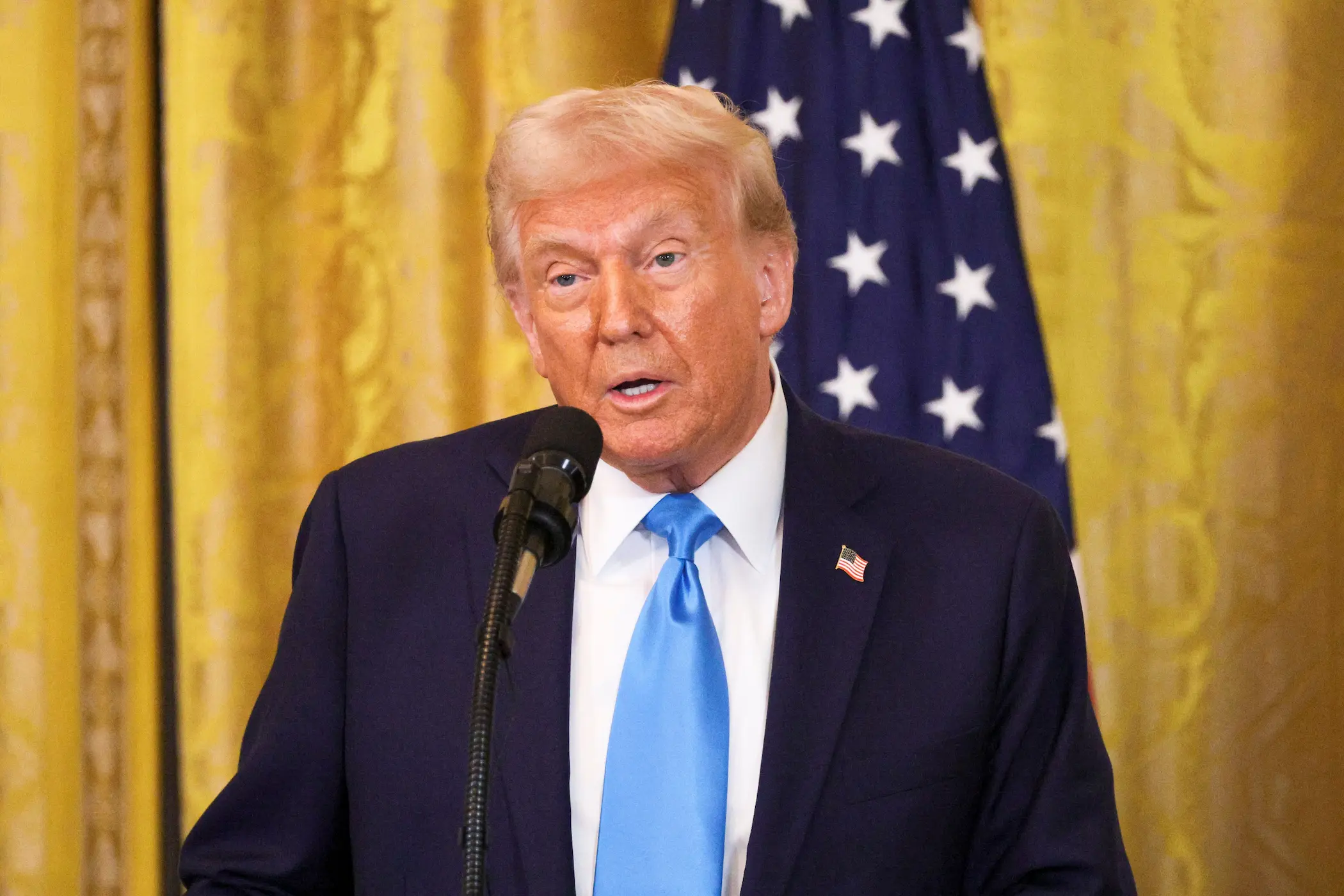
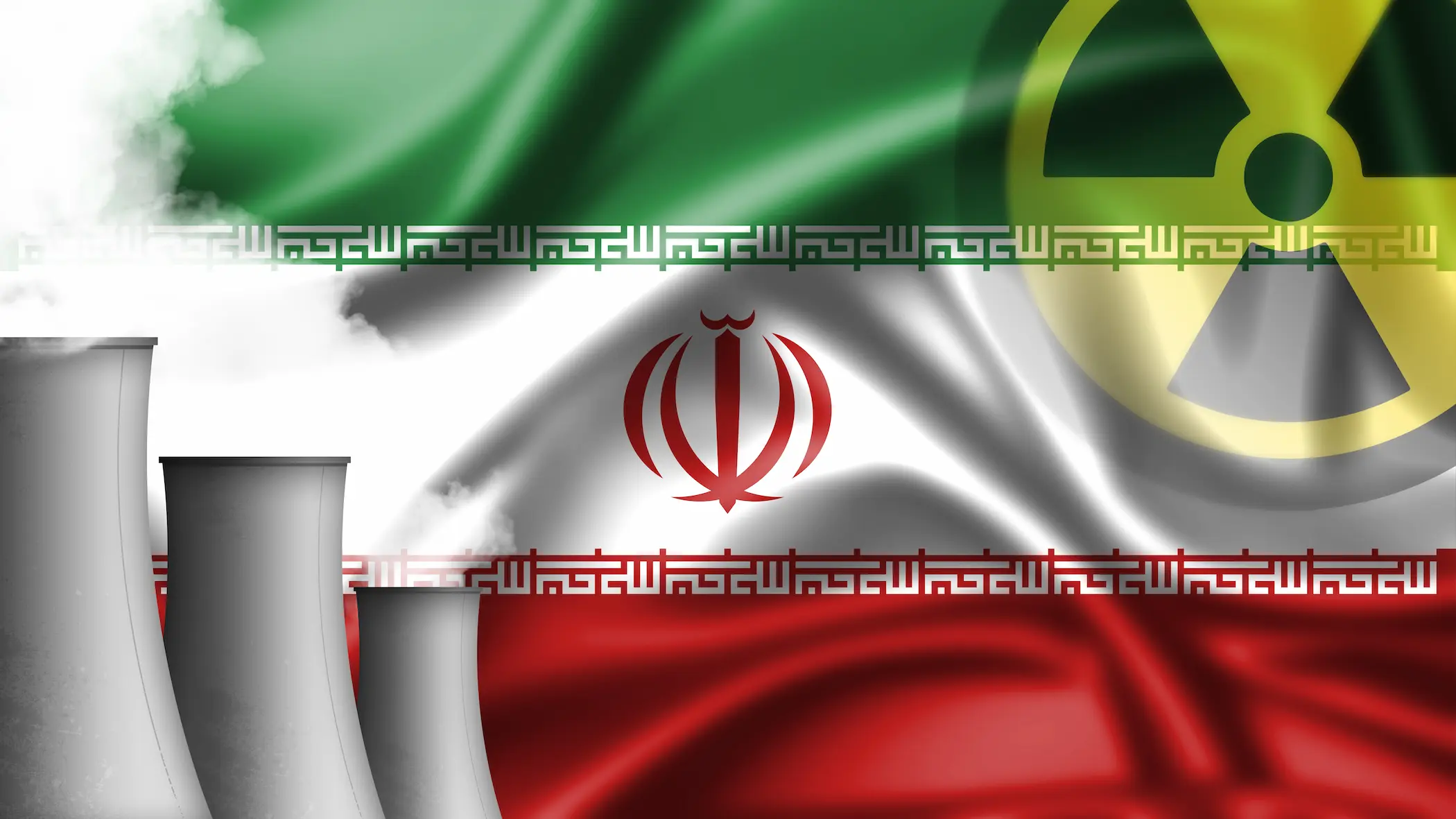



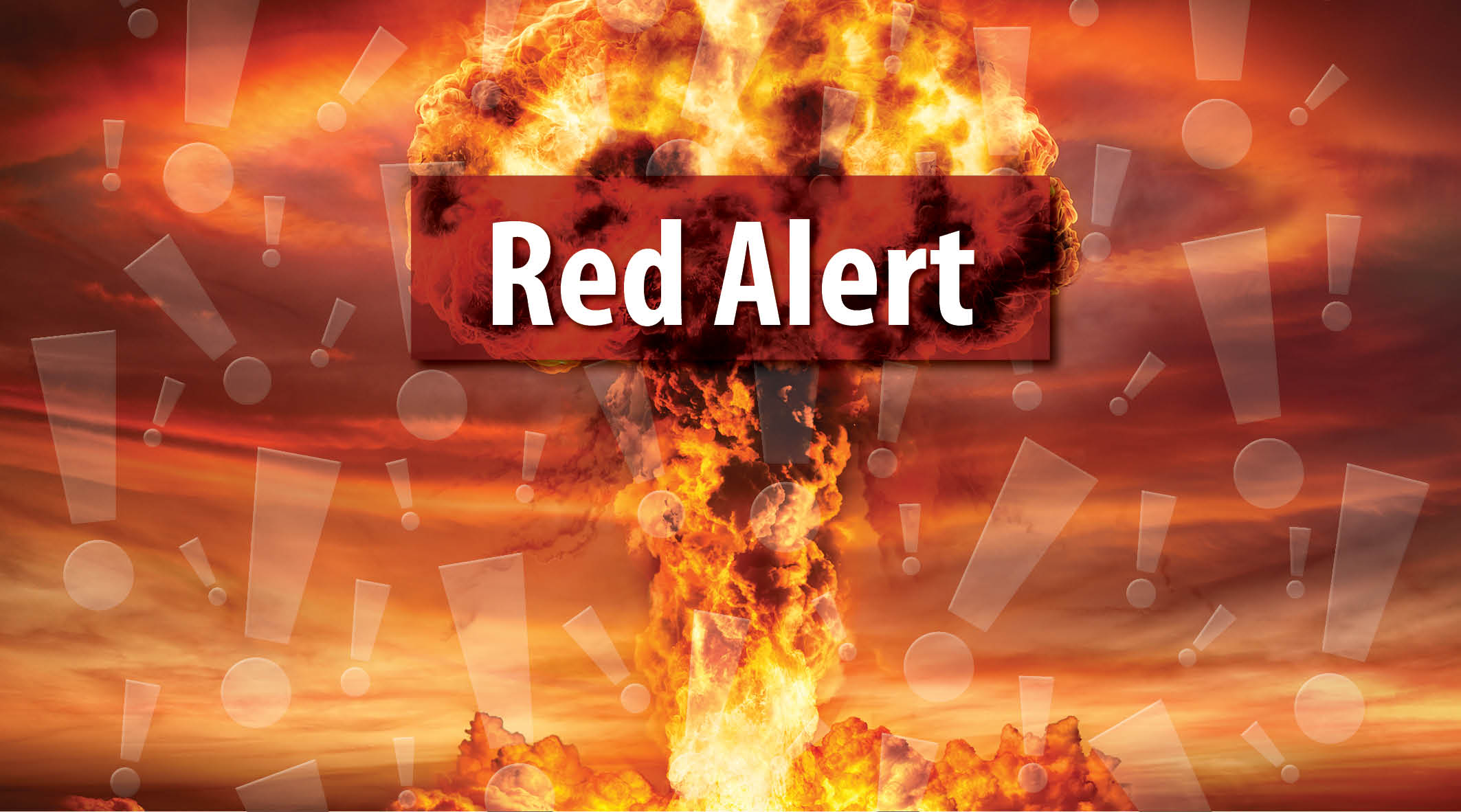
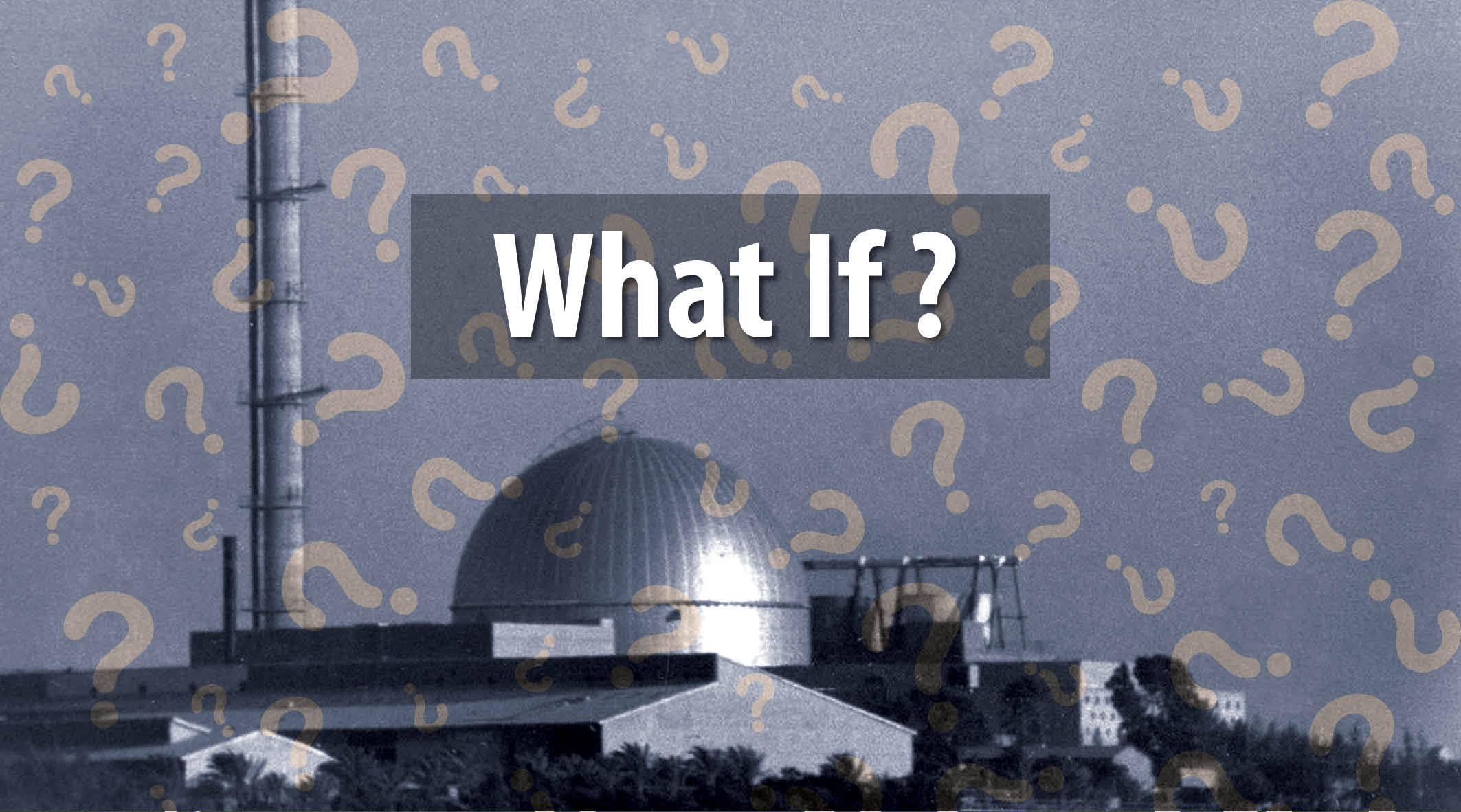
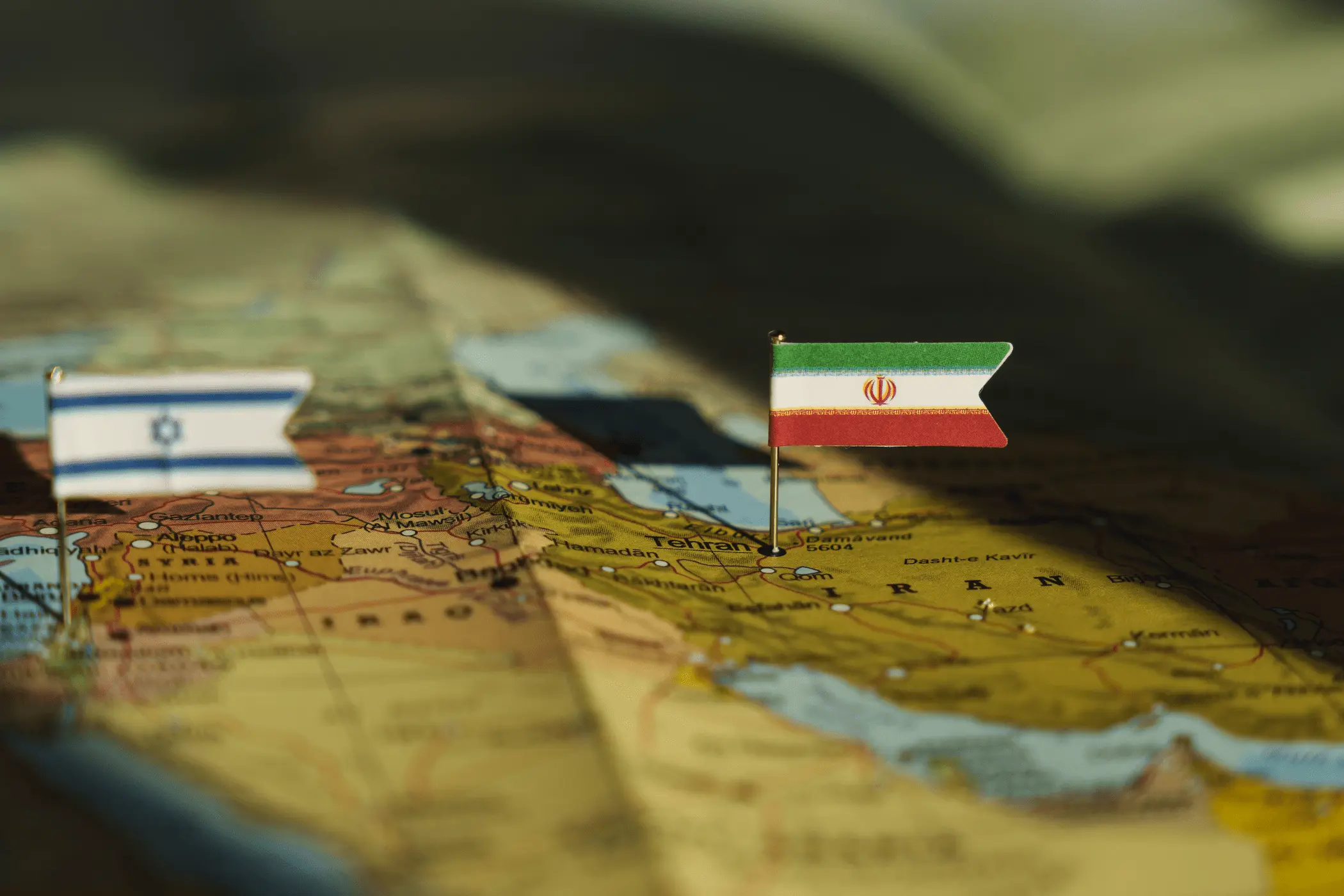


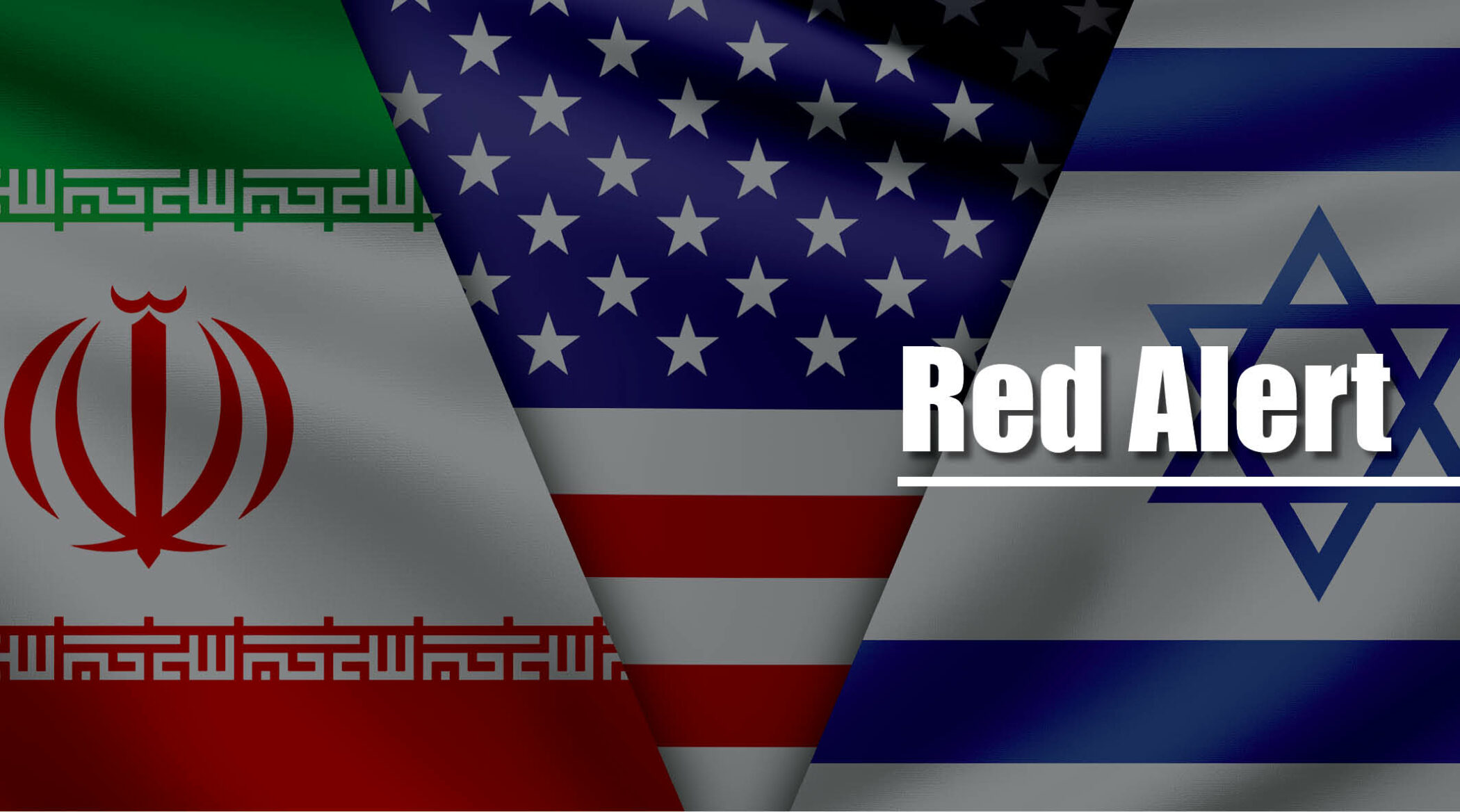
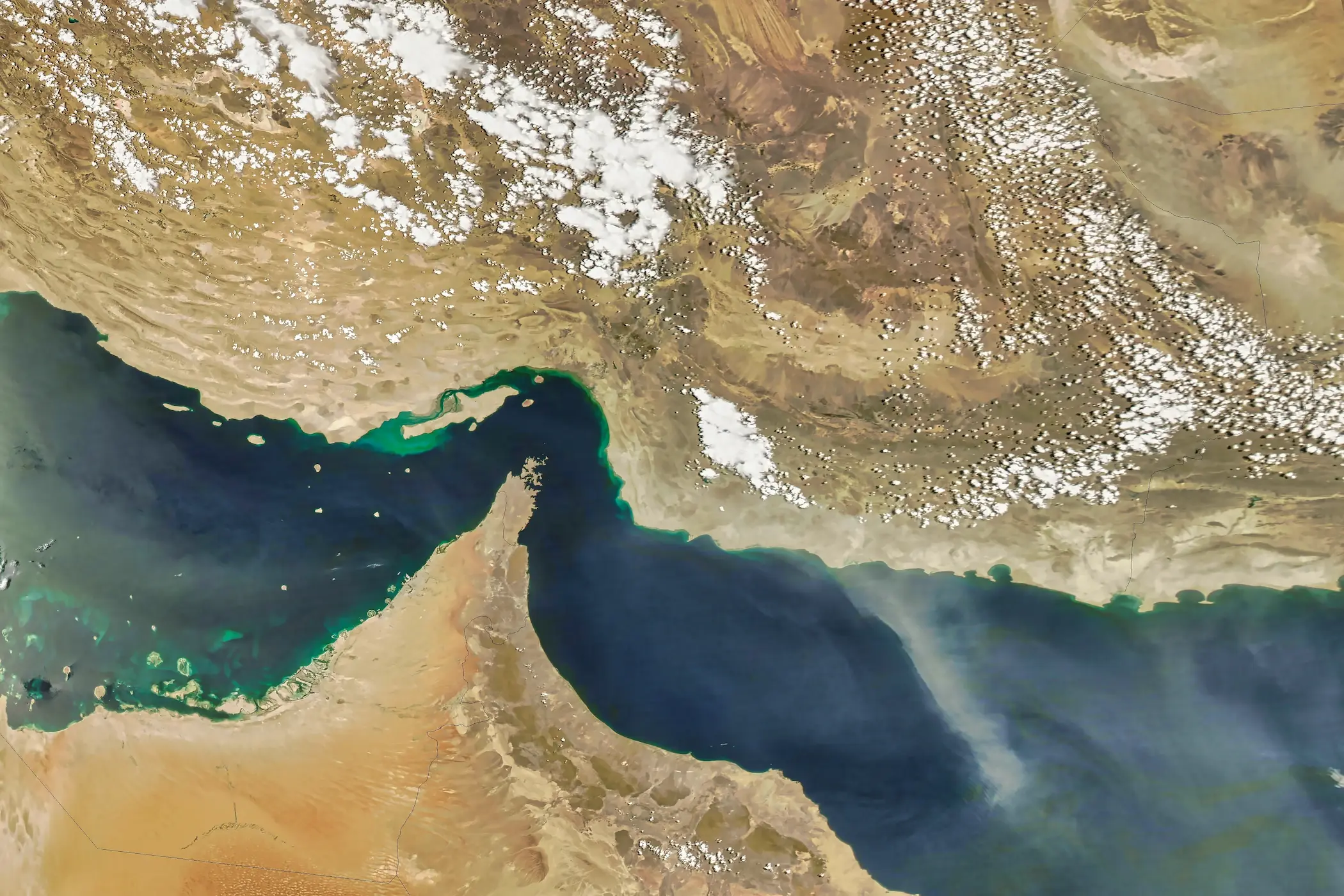
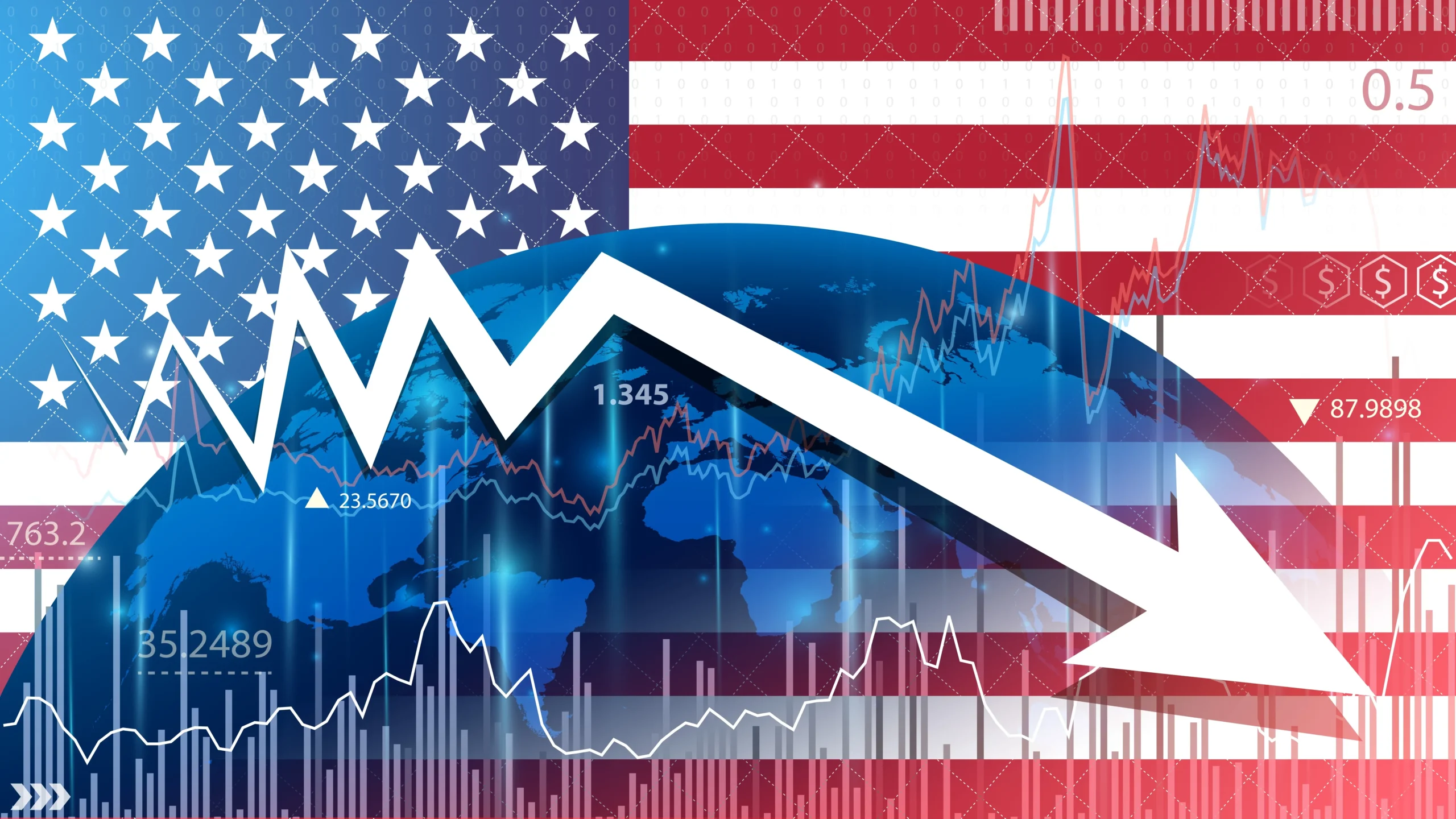
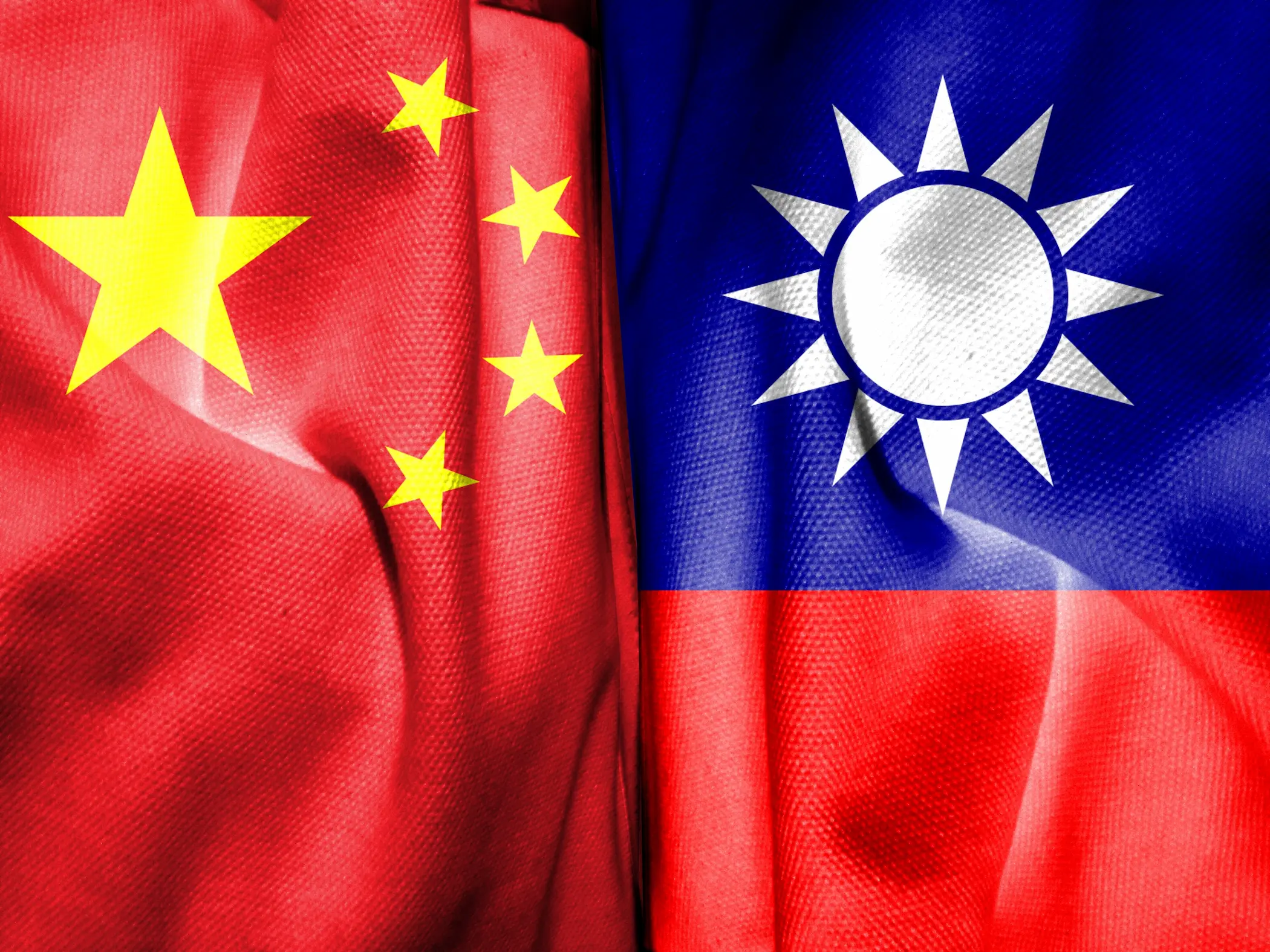
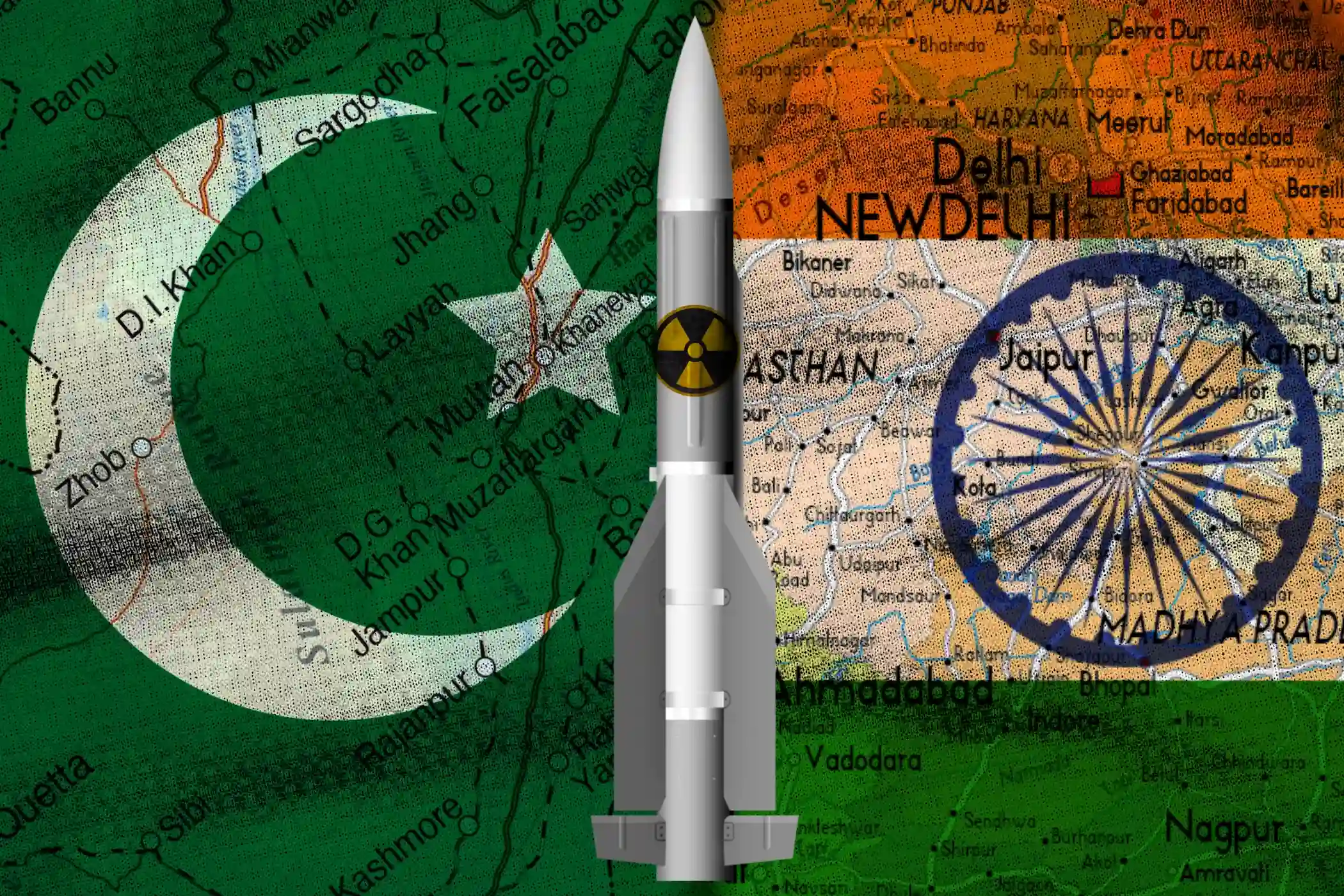

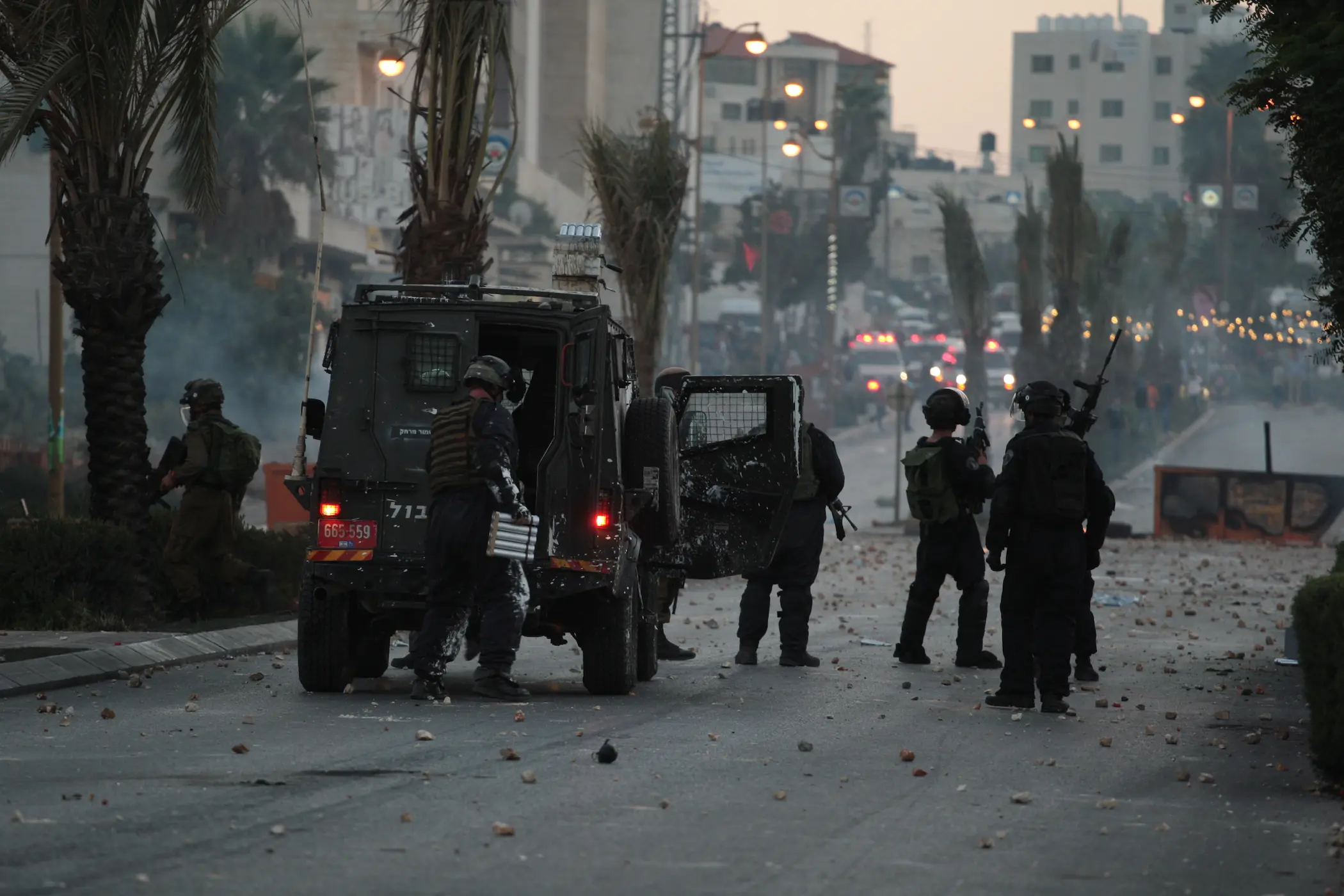


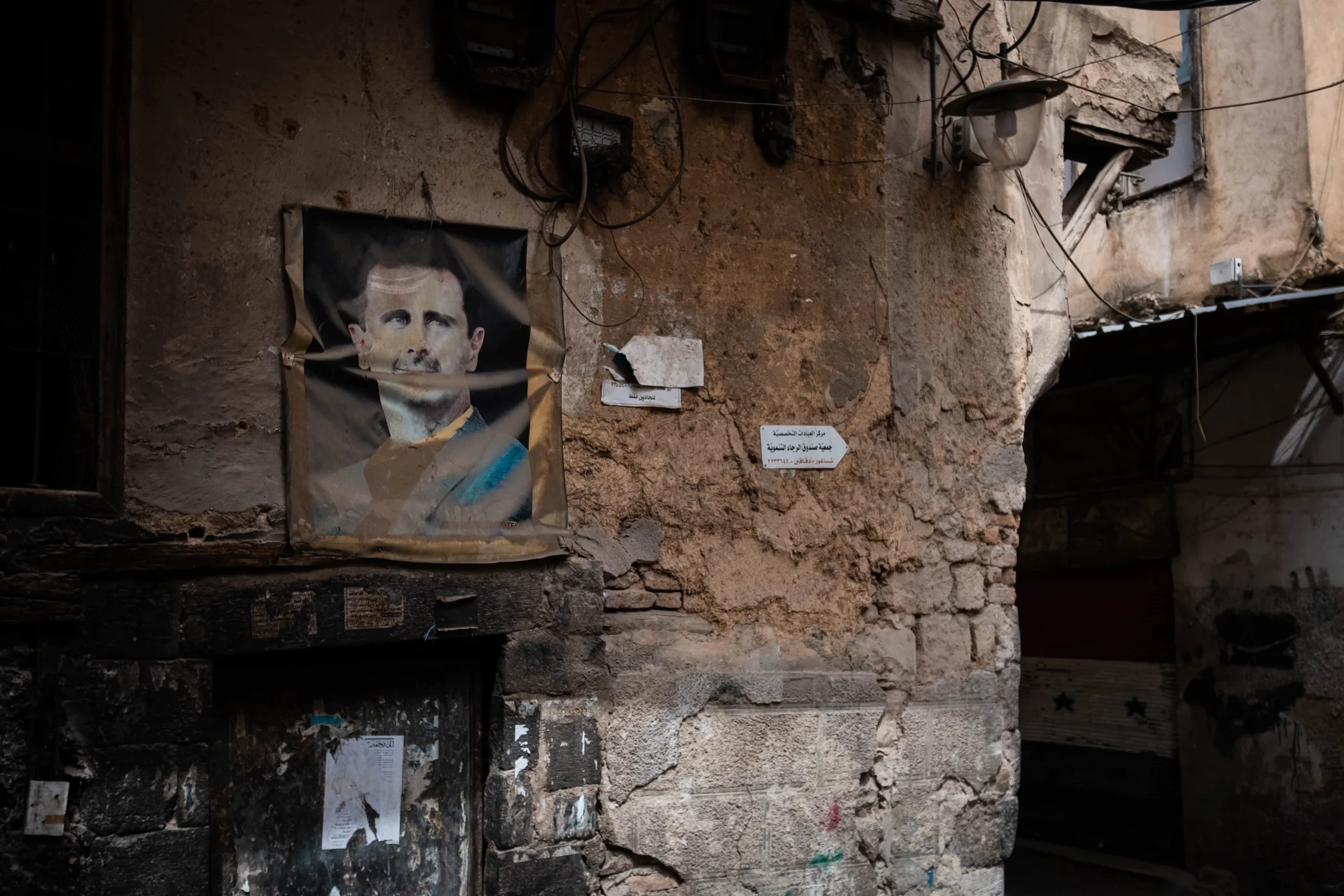

Comments